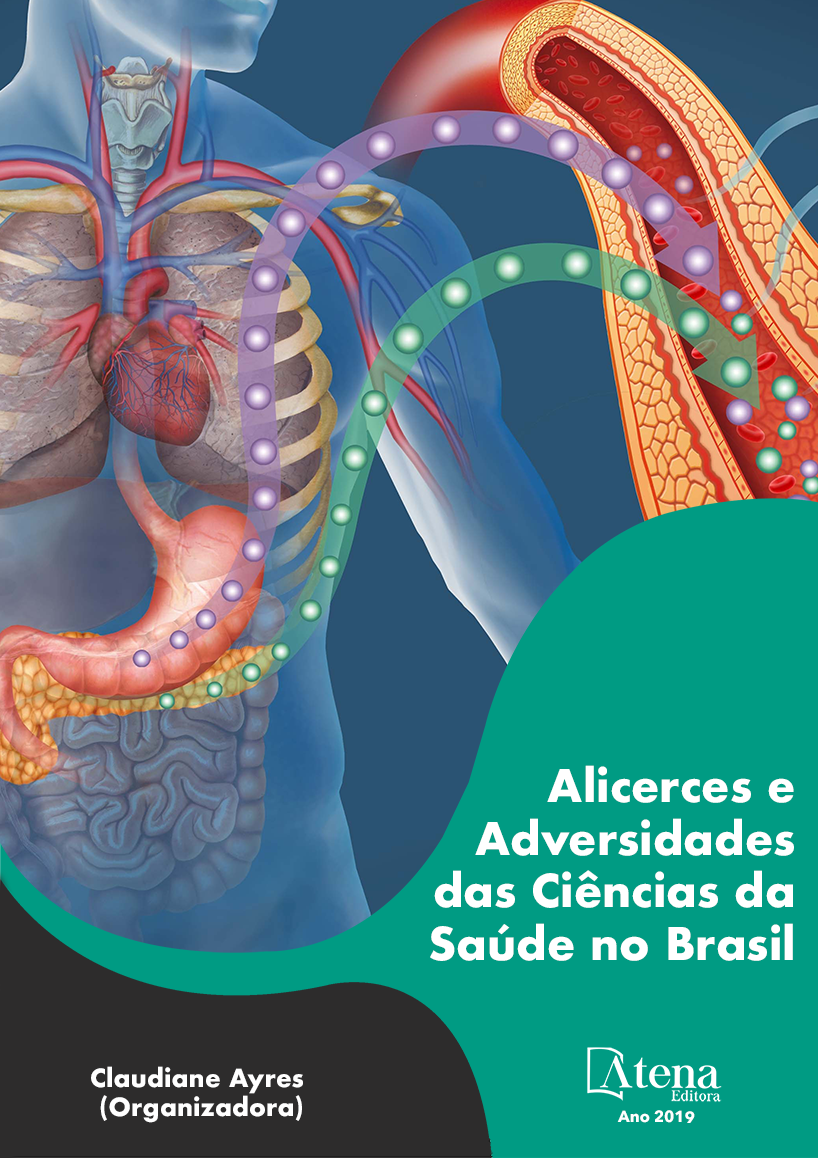
DADOS SOCIODEMOGRÁFICOS, ECONÔMICOS, CLÍNICOS E OBSTÉTRICOS DE GESTANTES DIABÉTICAS ASSISTIDAS EM UMA MATERNIDADE
Objetivo: identificar dados sociodemográficos, econômicos, clínicos e obstétricos de gestantes diabéticas assistidas em uma maternidade de Itajubá Minas Gerais, de 1º de março a 31 de outubro de 2017. Método: quantitativo, descritivo e transversal, tendo como amostra 12 mulheres. Não houve adoção de um tipo de amostragem. Os dados coletados com um questionário estruturado foram inseridos no Programa Microsoft® Office Excel 2010 e, analisados mediante estatística descritiva. Resultados: prevaleceu participantes com média de idade 31,41 anos, católicas (66,67%), brancas (41,67%), residentes em Itajubá (41,67%), da zona urbana (66,67%), casadas (50%), ensino médio completo (50%), ocupação do lar, autônoma e faxineira (16,67%), renda familiar até um salário mínimo (50%), que realizaram de 5 a 8 consultas pré-natal (41,67%), iniciadas no primeiro trimestre gestacional (66,67%) e, financiadas pelo SUS (83,33%), secundigesta (33,33%), diagnóstico de Diabetes Mellitus (DM) anterior a gestação atual (50%) e durante à gestação (50%), histórico familiar de DM (75%), ausência de complicações em gravidez anterior (75%), e que não exibiam outras patologias durante a gestação atual (75%). Conclusão: constatou-se que as variáveis ora contatadas, servem de base para o desenvolvimento de novos estudos e, sinalizam a importância da continuidade da assistência a essa clientela.
DADOS SOCIODEMOGRÁFICOS, ECONÔMICOS, CLÍNICOS E OBSTÉTRICOS DE GESTANTES DIABÉTICAS ASSISTIDAS EM UMA MATERNIDADE
-
DOI: 10.22533/at.ed.9451903094
-
Palavras-chave: Perfil de Saúde; Diabetes mellitus; Gestação de alto risco.
-
Keywords: Health Profile; Diabetes mellitus; High Risk Pregnancy.
-
Abstract:
Objective: To identify sociodemographic, economic, clinical and obstetric data of diabetic pregnant women attended at a maternity hospital in Itajubá, Minas Gerais, from March 1 to October 31, 2017. Method: quantitative, descriptive and cross-sectional, with a sample of 12 women. There was no adoption of a type of sampling. The data collected with a structured questionnaire were inserted into the Microsoft® Office Excel 2010 Program and analyzed using descriptive statistics. Results: participants (mean age 41.41 years), catholic (66.67%), white (41.67%), resident in Itajubá (41.67%), urban area (66.67%), married (50%), complete secondary education (50%), household occupation, autonomous and cleaning (16.67%), family income up to a minimum wage (50%), who performed from 5 to 8 prenatal appointments , 67%), started in the first gestational trimester (66.67%), and funded by SUS (83.33%), secondary (33.33%), diagnosis of Diabetes Mellitus (DM) prior to the current gestation (50% ) and during pregnancy (50%), family history of DM (75%), absence of complications in previous pregnancies (75%), and no other pathologies during the current gestation (75%). Conclusion: it was found that the variables contacted are the basis for the development of new studies and indicate the importance of the continuity of assistance to this clientele.
-
Número de páginas: 15
- Aldaiza Ferreira Antunes Fortes
- Raissa Fernanda da Silva Santos


